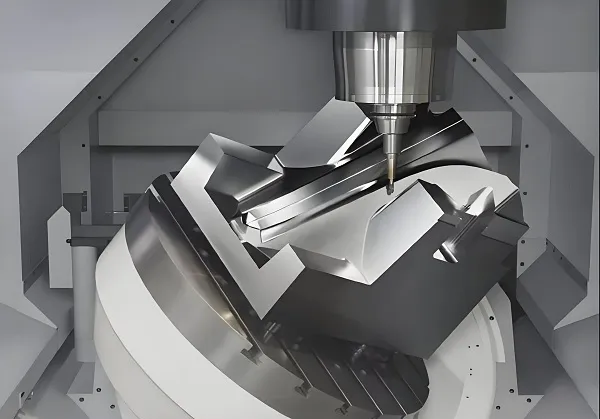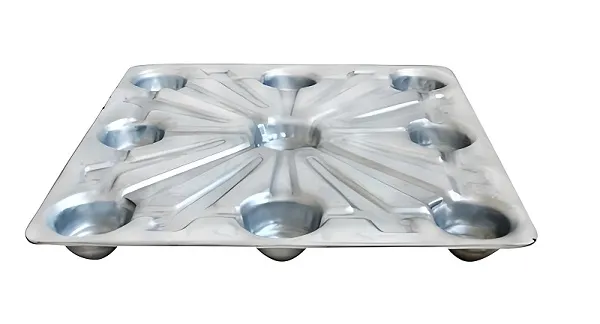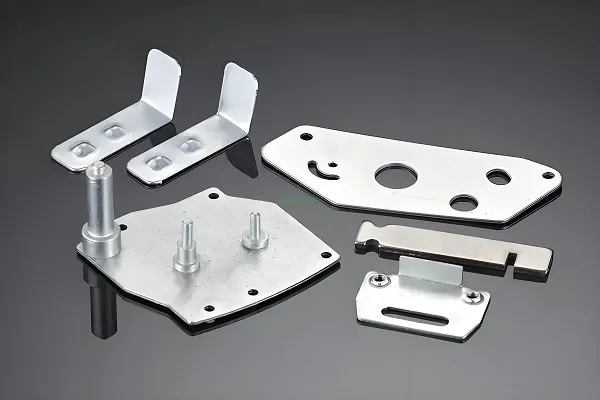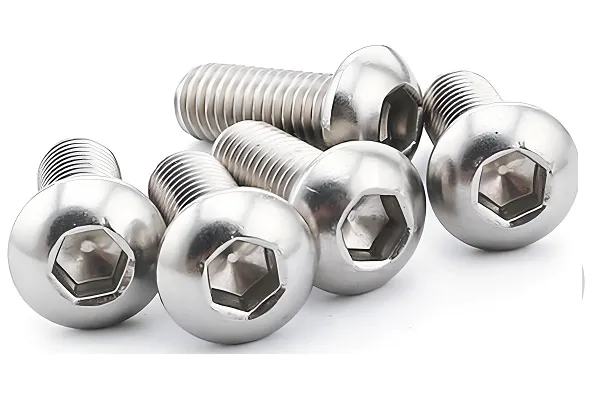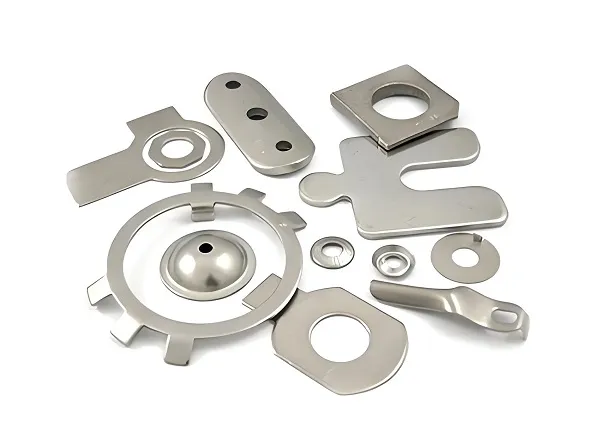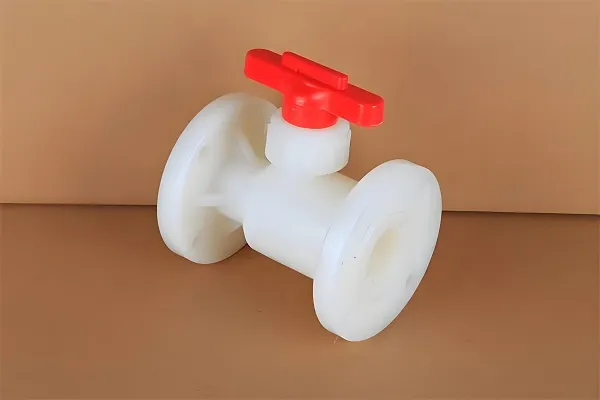Vacuum molds, which play an important role in the plastics processing industry, are used to mold thermoplastic plates or sheets into a desired shape through a specific process. The following is a detailed introduction to vacuum molds:
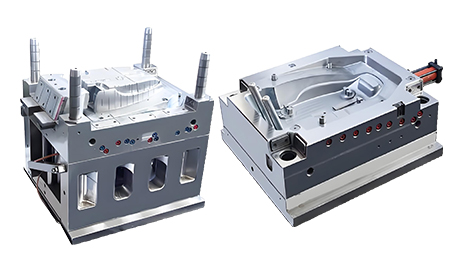
1.Definition and working principle
Vacuum mold is a tool that uses vacuum pressure to attach a heated and softened plastic sheet or plate to the surface of the mold, thus forming it. Its working principle mainly includes the following steps:
Material Preparation: The thermoplastic sheet or plate is fixed to the mold.
Heating and softening: The material is heated to a softening temperature using a radiant heater to make it pliable and easy to deform.
Vacuum Forming: The air between the sheet and the mold is quickly extracted by a vacuum pump, so that the material fits tightly on the surface of the mold under vacuum pressure to form the desired shape.
Cooling and shaping: The material is left to cool and solidify to form a stable shape.
Demolding: Use compressed air or other methods to release the molded plastic parts from the mold.
2.Main types
Vacuum molds can be divided into various types according to their structure and molding method, including but not limited to:
Concave mold vacuum forming: the plastic sheet is fixed and sealed on top of the mold cavity, and the air inside the cavity is extracted after heating and softening, so that the sheet is molded tightly against the mold. This method is suitable for plastic parts with high external precision and low molding depth.
Convex mold vacuum forming: the plate is fixed above the mold, to be heated to soften the fixed plate frame down, stretching the plate close to the mold, and then extract the air between the plate and the mold and molding. This method is generally used for thin-walled molded parts that require high accuracy of the inner surface and have a raised shape.
Auxiliary convex mold vacuum forming: including downward vacuum forming and upward vacuum forming, improving the forming effect of plastic parts through the role of auxiliary convex molds, especially suitable for the case of large thickness of the parison.
3. Vacuum mold customization process:
Demand analysis
Product understanding: First of all, it is necessary to deeply understand the customer’s product requirements, including the shape, size, material and expected production quantity of the product.
Performance requirements: clear mold precision, durability, productivity and other performance requirements, as well as product surface quality, dimensional stability and other specific indicators.
Mold Design
Three-dimensional modeling: According to product requirements, use CAD (Computer Aided Design) software for three-dimensional modeling to ensure the accuracy and rationality of the mold design.
Structural optimization: Optimize the design of the mold structure in order to improve the strength and rigidity of the mold, reduce material consumption, and take into account the convenience of manufacturing, assembly and maintenance of the mold.
Material selection: According to the characteristics of the product and production requirements, select the appropriate mold material, such as aluminum alloy, steel, hard alloy, etc.
Mold Manufacturing
Preparation for processing: Prepare the equipment, tools and materials needed for processing, such as CNC machine tools, EDM machine tools, polishing machines, etc.
Rough machining: through turning, milling and other rough machining methods, the mold blank is processed into an approximate shape, laying the foundation for subsequent finishing.
Heat treatment: Heat treatment of the mold to improve its hardness and wear resistance to meet the production requirements.
Finishing: Through EDM, slow-wire machining and other finishing methods, the mold is finely processed to ensure its dimensional accuracy and surface quality.
Assembling and debugging: assembling the various parts of the mold together, and carrying out debugging and calibration to ensure the stability and service life of the mold.
Vacuum treatment and testing
Vacuum treatment: Put the assembled mold into the vacuum furnace for vacuum treatment to remove the gas and impurities on the surface of the mold and improve the purity and cleanliness of the mold.
Testing & Verification: The performance of the mold is tested and verified, including dimensional accuracy, surface quality, durability, etc. to ensure that the mold meets the design requirements.
Delivery and After-sales
Delivery to customers: After the molds are tested and qualified, deliver them to customers and provide necessary instructions for use and maintenance.
After-sales service: Provide after-sales service of the mold, including maintenance, upgrading and modification of the mold, etc., to ensure that the customer can use the mold for production smoothly.
4.Application fields
Vacuum molds have a wide range of applications in many fields, mainly including:
Food packaging: such as meat products, seafood, fruits, vegetables and other food packaging containers, through the vacuum mold can be quickly and accurately produce a variety of shapes of packaging containers, improve packaging efficiency and aesthetics.
Medical devices: used to manufacture various medical device parts, medical models, dentures, orthotics, etc. The high precision and low cost advantages of vacuum molds make them ideal for the medical device manufacturing field.
Automotive parts: such as automotive interiors, shells, seats, links and other parts of the manufacturing, vacuum molds can accelerate the production speed, reduce labor costs, and ensure product consistency and quality.
5.Features and Advantages
Vacuum mold has the following features and advantages over other plastic molding methods:
Suitable for manufacturing specific products: Vacuum molds are especially suitable for manufacturing products with small wall thickness but large size. Since the material is evenly distributed on the surface of the mold during the vacuum molding process, the wall thickness of the product can be effectively controlled, while the molding quality of large-size products is guaranteed.
High finish and fine structure: The side of the plastic product that fits into the mold is usually sharper and finer in structure and has a higher finish. This is an important advantage for plastic products that require high precision surface quality.
High production efficiency: The molding process of vacuum molds is relatively simple and fast, and once the mold design is completed and put into production, efficient mass production can be achieved, thus significantly improving production efficiency.
Simple equipment and low cost: Compared to other complex plastic molding equipment, vacuum molds require relatively simple equipment and low mold material costs, which is an important consideration for SMEs.
Good molding operability: In the vacuum remolding process, the cured molded silicone mold has good tensile strength and is transparent or translucent, which makes it easy to cut and part, thus improving the flexibility and operability of molding.
Low chance of processing failure: As long as the prototype is problem-free, the replicas made using vacuum molds are usually error-free, which reduces the scrap rate during production.
Good Reproducibility: Due to the good fluidity of silicone before curing, together with the vacuum defoaming technology, the detailed structure and ornamentation of the model can be accurately maintained, thus realizing high-precision reproduction.
Customized Vacuum Mold FAQ
1. What is vacuum mold?
A: Vacuum mold is a kind of mold using vacuum-assisted molding technology, in which plastic, rubber and other materials are adsorbed on the surface of the mold and molded through a vacuum environment. This type of mold is able to precisely control the flow and shape of the material during the manufacturing process and is suitable for producing complex shapes and high precision products.
2. What is the process of custom vacuum mold?
A: The process of custom vacuum mold usually includes the following steps:
Demand analysis: Communicate with customers to clarify the requirements of shape, size, material and quantity of the product, as well as the performance indexes of the mold such as precision and durability.
Design and Drawing: According to the result of demand analysis, carry out the 3D design and drawing of the mold, including the structural design of the mold, material selection, cooling system design and so on.
Material Purchase: According to the design drawings, purchase the mold materials that meet the requirements, such as aluminum alloy, steel, cemented carbide and so on.
Processing and manufacturing: Rough machining, heat treatment, finishing and other processes on the mold materials to ensure the dimensional accuracy and surface quality of the mold.
Assembly and debugging: assembling the processed mold parts, and debugging and calibration to ensure the stability and service life of the mold.
Acceptance and delivery: acceptance test of the mold to ensure that it meets the design requirements and then delivered to the customer.
3. How long does it take to customize the vacuum mold?
A: The time for customized vacuum mold varies depending on factors such as product complexity, mold size, material selection and processing difficulty. Generally speaking, it may take several weeks to several months from requirement analysis to final delivery. The specific period needs to be determined according to the specific situation and communication with the customer.
4. How to ensure the precision of vacuum mold?
A: The accuracy of vacuum molds is guaranteed mainly by the following aspects:
Design accuracy: In the mold design stage, the accuracy and reasonableness of the mold design is ensured by precise 3D modeling and calculation.
Processing accuracy: using advanced processing equipment and technology, precision processing of mold materials to ensure the dimensional accuracy and surface quality of the mold.
Assembly precision: In the process of assembling the mold, precise measurement and debugging means are adopted to ensure the matching precision and stability between the various parts of the mold.
5. What are the choices of materials for vacuum molds?
A: There are various choices of materials for vacuum molds, mainly including the following:
Aluminum alloy: with good thermal conductivity and processing performance, suitable for manufacturing small and medium-sized molds.
Steel: with high strength and wear resistance, suitable for manufacturing large or high precision molds.
Cemented carbide: with very high hardness and wear resistance, suitable for manufacturing molds with very high requirements for wear resistance.
Other special materials: according to specific needs, other special materials such as ceramics, composite materials, etc. can also be selected.
6. What are the precautions for the maintenance and upkeep of vacuum molds?
A: Maintenance and upkeep of vacuum molds is essential to extend the life of the molds and improve product quality. Here are some precautions:
Regular cleaning: Clean the surface of the mold in time after use to prevent material residue from affecting the next use.
Check sealing: Regularly check the sealing of the mold to ensure the effectiveness of the vacuum environment.
Avoid collision: Avoid collision or impact on the mold during handling and use to prevent damage to the mold structure.
Reasonable storage: Store the mold in a dry and ventilated place, avoiding direct sunlight and humid environment.
Regular maintenance: Carry out regular maintenance on the mold, such as applying rust inhibitor, checking and replacing worn parts.
7. How to calculate the price of custom vacuum mold?
A: The price of custom vacuum mold is affected by several factors, including mold size, complexity, material cost, processing difficulty, production cycle, etc.. Therefore, it is impossible to give a specific price calculation formula. Generally speaking, customers need to provide detailed product requirements and needs to the mold manufacturer, who will evaluate and quote according to the actual situation.

